Huayna Picchu (aka Wayna Picchu or Wayna Pikchu), which means ‘Young Peak’ in Quechua, is the large mountain that sits directly behind Machu Picchu.
For many trekkers, climbing Huayna Picchu is one of the best things to do at Machu Picchu. The views of the Citadel and surrounding landscape are extraordinary from the top and well worth the climbing effort.
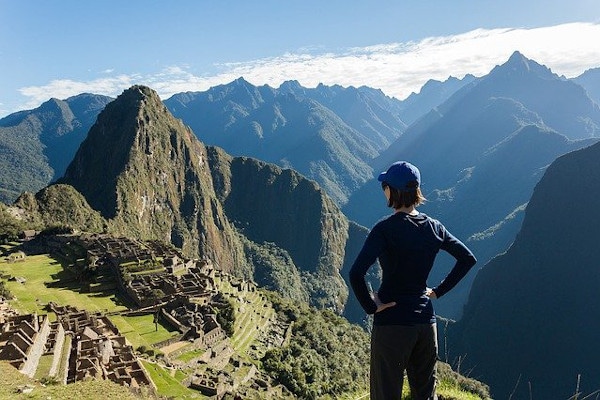
Get a Machu Picchu trek quote
Start planning your Machu Picchu hiking holiday.
Climbing Huayna Picchu
A Brief Overview of Huayna Picchu
From a distance, Huayna Picchu looks like a technical climbing endeavour, but it is in fact just a steep hike. There are some sections that will require the use of both hands and feet to scramble upwards, but no technical skills or climbing tools. Some of these sections also include railings and cables for support.
Anyone with a decent level of fitness and moderate constitution for heights can climb Huayna Picchu. However, if you are afraid of heights or susceptible to vertigo, then this hike is probably not for you.
There are areas that are exposed to steep drops, so caution should be taken throughout the climb. Hikers should keep a good distance between each other in the front and at the back. This is particularly true if the trail is wet. Children over the age of 12 can hike Huayna Picchu.
The total ascent is just over 360m (1,000 ft) with the summit at a steep angle above the city. As Huayna Picchu is so close to the city complex, it provides a fantastic birds-eye view, and the climb itself gives hikers brilliant vistas of the city from various angles.
This incredible perspective is very difficult to appreciate whilst walking within the Citadel.
From the summit, hikers can marvel at the scale and ingenuity of Machu Picchu and its various architectural structures. The sheer magnitude and complexity of the site is truly a humbling experience.
There are also terraces and temple remnants that crown the mountain’s summit, and will leave you questioning how the Inca managed to build these structures.
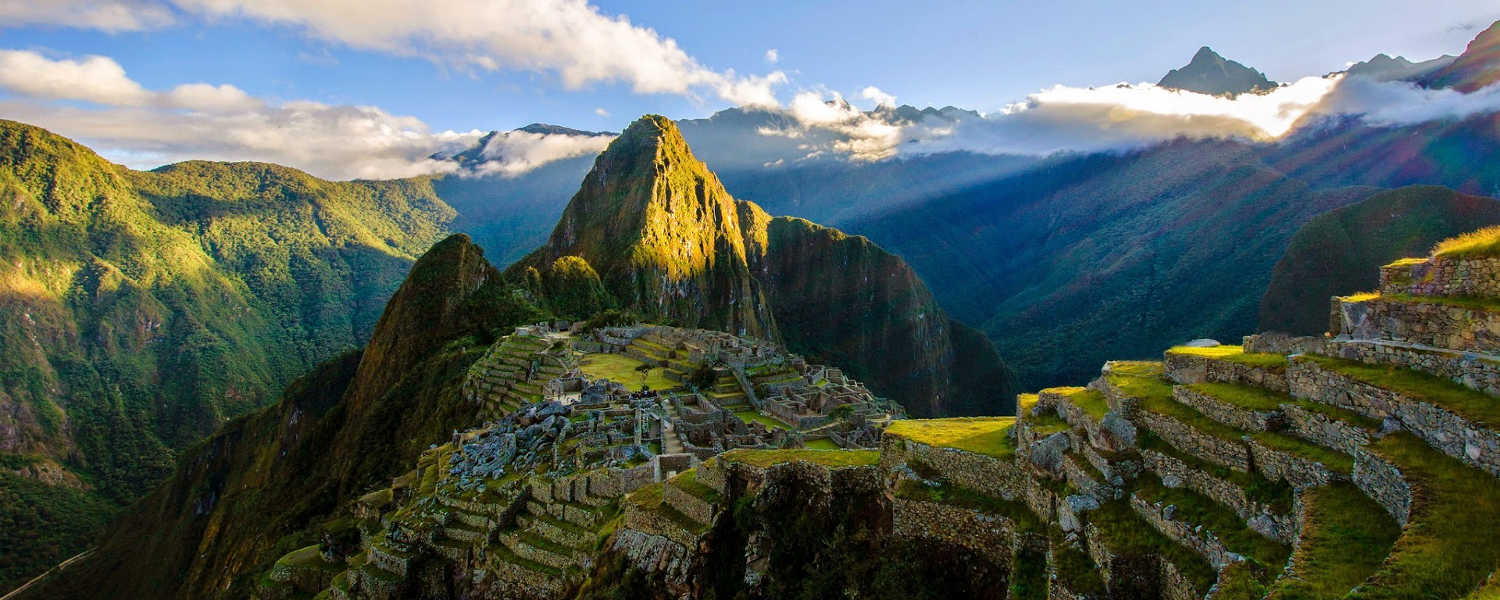
The view of Machu Picchu from Huayna Picchu (aka Wayna Picchu or Wayna Pikchu).
Permits and Rules
In the early days, trekkers were able to climb Huayna Picchu without any permits and there was no limit on the number of visitors on the mountain.
As you can imagine, unregulated climbing on the mountain had a rather large impact on the Inca paths that lead up the trail, as well as interrupting some of the archaeological work that continues on the mountain even today.
Not to mention the safety risks associated with having lots of people coming and going on steep paths.
A few years ago, the National Institute of Culture of Peru (INC) decided to implement a number of measures to regulate climbing activities on Huayna Picchu.
Initially, a quota and permit system was implemented limiting the number of climbing permits to 400 per day. Hikers could still ascend and descend at any time of the day as long as the final ascent was two hours before the site closed.
However, on the 25th July 2011, the ruling on timings changed, and fixed times of departure have been implemented. Now, there are two group departure times, with 200 permits allotted to each party.
The first climbing time runs between 7am-8am, and the second group time runs from 10am-11am. The climb itself takes about an hour to ascend and approximately 45 minutes to descend.
Officially, climbers in the first group need to get back down from the mountain by 10am to avoid cross over with climbers ascending in group 2. This is very seldom the case though as many trekkers take longer to ascend and then like to stay up high to maximise the view, particularly if there is early morning fog that promises to leave by 10-11am.
Please Note: Children under the age of 12 are not allowed to hike Huayna Picchu.
Huayna Picchu Cost
The cost of a Huayna Picchu climbing permit is 150PEN (soles) or US$50. This permit includes the entrance fee to Machu Picchu which currently costs 126PEN. In effect, the cost of a Huayna Picchu permit is 24PEN or US$10. Students with a valid international student card (ISIC card) pay half price to climb Huayna Picchu.
There is a little difficulty here though. If you have purchased an Inca Trail permit, you will already have secured entrance to Machu Picchu as part of this permit.
Looking for Huayna Picchu tickets? See here -> Machu Picchu and Huayna Picchu entrance tickets
Purchasing a Huayna Picchu climbing permit at 150PEN will in effect buy another day’s entrance to Machu Picchu. This is because Huayna Picchu permits are not sold as standalone tickets (they are currently only sold as Machu Picchu + Huayna Picchu).
I believe the Ministry is working on resolving this issue so that Inca Trail permit holders can purchase a standalone Huayna Picchu permit without buying an entrance fee to Machu Picchu as well. As of October 2014, this issued has not yet been resolved.
Please Note: This issue is not a problem for any trekkers arriving at Machu Picchu from any of the alternative Inca trails or for visitors who come by train to the site.
Tickets usually sell out a week in advance and sometimes much faster during high season (May-September), so make sure to book early.
Remember to also bring your passport, as this will be cross checked against your entrance permit to the main city site and Huayna Picchu.
Please Note: Costs quoted in this article were correct as of 2019, but prices may have changed since then. You can check the most up to date prices on the Peru Ministry of Culture website. You can secure your Huayna Picchu climbing ticket through this website. Alternatively, if you are travelling with a tour agent, then they can do this on your behalf, often at no additional expense.
Climb Times for Huayna Picchu - 7am or 10am?
There are pros and cons to both times. The 7am slot is a cooler time in the day, particularly during the dry season when temperatures can get quite hot by the time the 2nd group departs.
However, there is a higher probability of encountering fog in the early mornings which can completely obscure the view from the top of Huayna Picchu. On a clear day though, the early morning view is amazing.
A key factor is getting the timing right to avoid crowds. Non-trekkers often arrive by train from Cusco around 11am. So, if you take the early morning time slot, you run the risk of getting off the mountain just as the tourist hordes arrive.
That being said, the mountain is quieter early in the morning. You don’t have to contend with any one coming down the mountain and there is usually only a small group of people at the top at any given time.
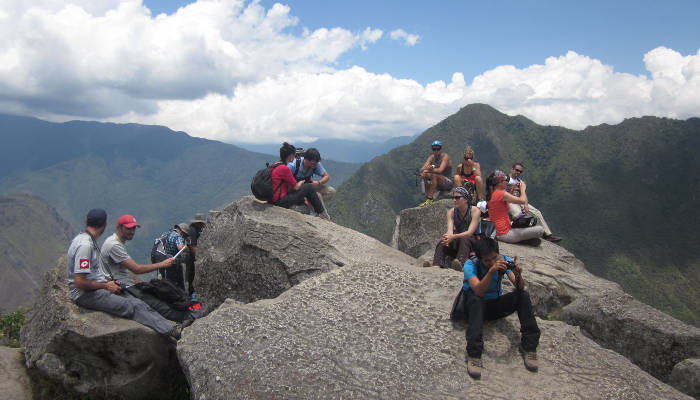
Trekkers resting and enjoying the view from the top of Huayna Picchu.
Climbers using the later time slot often reach the top and have to contend with larger groups as many people from the first time slot hang around longer for better views.
If push came to shove, I would recommend the second time slot as it gives you a chance to tour the Citadel before tourists from Cusco arrive, as well as reduces the probability of encountering fog which can totally negate the purpose of climbing Huayna Picchu. Moreover, by the time you descend Machu Picchu, many visitors will have already departed for lunch.
This all becomes speculation though if you don’t book early enough and are forced to choose only one of the available times, or worse, are denied access because permits are already sold out.
But don’t fret, if permits are sold out, there are alternatives to climbing Huayna Picchu that provide great views of Machu Picchu.
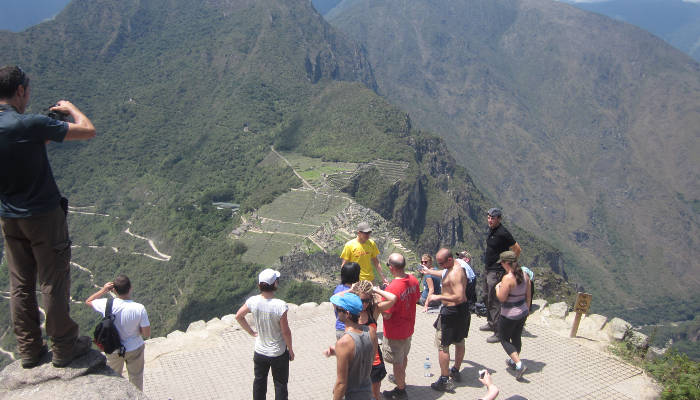
The view from Huayna Picchu.
Alternatives to Climbing Huayna Picchu
There are three main alternatives to getting a birds eye view of Machu Picchu:
- Cerro Machu Picchu (also know as Machu Picchu Mountain or Montaña)
- Putukusi Mountain
- The Sun Gate
I will briefly discuss each climbing alternative in more detail below.
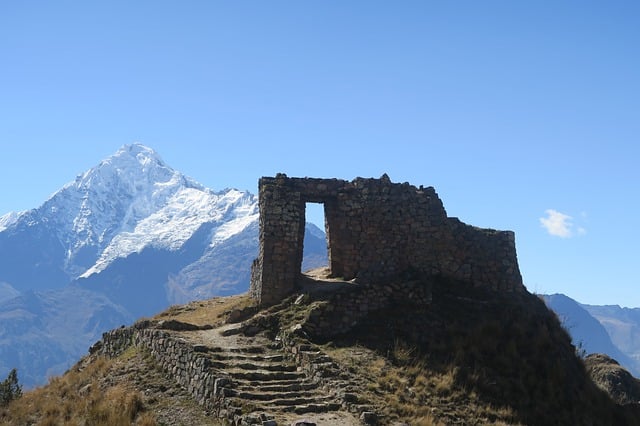
Cerro Machu Picchu
Cerro Machu Picchu (or Machu Picchu Mountain) is the largest mountain that rises out of the site’s complex and sits directly across from Huayna Picchu.
The climb up Cerro Machu Picchu is nearly twice as high as Huayna Picchu but has a more gradual ascent profile up to its summit at about 620m (1,850 feet) above the city ruins (3,051m / 10,010 ft above sea level).
The views from the top are fantastic (arguably better than Huayna Picchu), as the visual angle is more gradual and the ruins come into full view. The trail is also a lot quieter than Huayna Picchu, so you won’t need to worry about crowds.
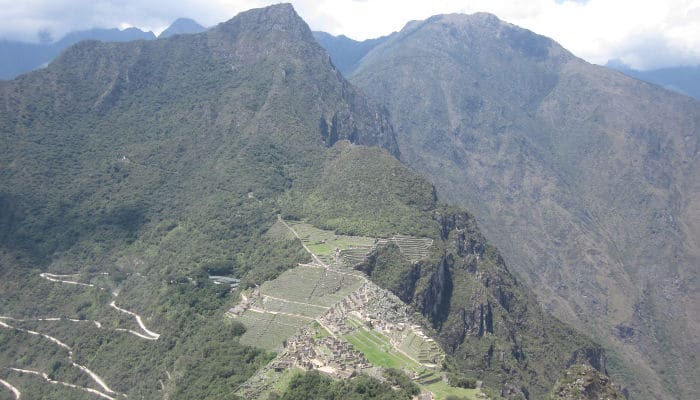
Switchback road (Hiram Bingham highway) as seen from Huayna Picchu.
It takes an average trekker around 2-2.5 hours to hike to the summit from the ruins and just over an hour to return.
The best time to start a trek up Cerro Machu Picchu is around late morning (permits run from 7am-11am). This way you can complete your guided tour of the city and still get back in time before the site closes. Ideally, if you are lucky enough to be spending two days at Machu Picchu, this trek can be saved for your second day.
The route is also good for families with children as the gradual and less rocky path is easier to navigate than Huayna Picchu.
To reach the site you will need to walk towards the Sun Gate. Halfway along this trail, just past the Caretakers Hut, you will see a sign directing you to Machu Picchu Mountain.
Like Huayna Picchu, a permit is required for Cerro Machu Picchu. This can be bought for 140PEN (US$45) (including entrance to Machu Picchu) on the Peru Ministry of Culture website.
Please Note: The mountain is marked as Machu Picchu + Montaña on their website.
Putukusi Mountain
If you are lucky enough to have two days in the Machu Picchu Sanctuary and have an adventurous soul, then the Putukusi Mountain (or Happy Mountain) trek from Aguas Calientes is definitely worth a shot.
This trek is not for the faint-hearted though and is much more challenging than Huayna Picchu or Cerro Machu Picchu. Putukusi is situated at a dizzying height of 3,560m / 11,680 ft above sea level.
To access the route, trekkers need to follow the rail tracks from Aguas Calientes towards Machu Picchu.
A little way on, you will see a sign for Putukusi off to the right. From here, the route follows a steep incline of 600m / 1,970 ft over stone steps and up ladders. The largest ladder reaches 60m / 197 ft and should be approached with caution. A fall from this height can be fatal. Afterwards, the final stretch to the summit zigzags along a steep hill.
In total, the hike takes about 1.5-2 hours to ascend and a similar time to descend. The views from the top are great and the trail is often deserted or very quiet.
No permit is required for the trek, but I would only recommend it to very fit individuals who are not scared of heights. The ladder segments are quite daunting, even for experienced trekkers.
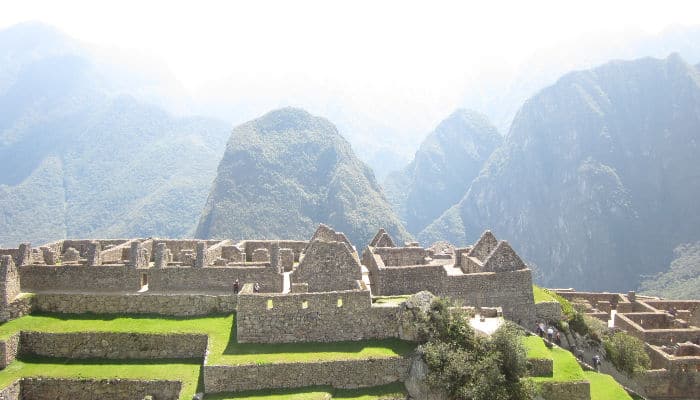
Machu Picchu with Putukusi (aka Happy Mountain) seen in the background.
The Sun Gate (or Inti Punku)
If you are trekking on the Inca Trail (both the 4-day option and the short Inca trail), then the Sun Gate (or Inti Punku), is the first site that you reach as you approach Machu Picchu. It provides fantastic views of the city.
For trekkers who arrive at Machu Picchu using alternative trails, or for visitors from Cusco, the Sun Gate is reached by entering the Citadel and then backtracking along the Classic Inca Trail past the Caretakers Hut to Inti Punku (it is well signposted).
It takes about an hour each way and is a strenuous, uphill hike on the way to the Gate. Many trekkers and visitors to Machu Picchu try to get the first bus up to the city so that they have enough time to backtrack along the Inca Trail to the Sun Gate to witness the sunrise.

The view of Machu Picchu from Inti Punku (the Gate of the Sun).
Packing List
The packing list for this trek is similar to the general Inca Trail packing list.
Training
To better prepare for your Huayna Picchu trek, I recommend reading our Machu Picchu trek training programme.
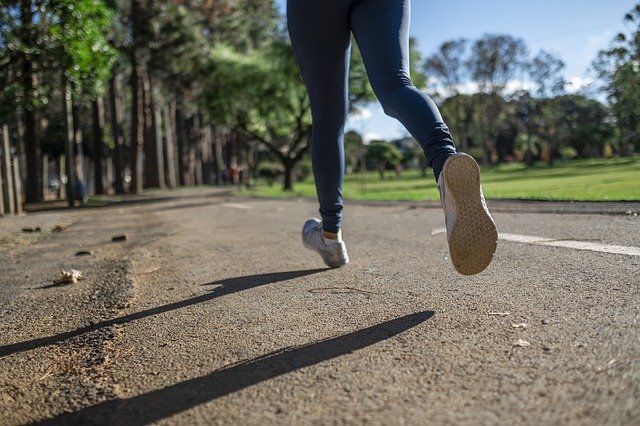
If you have any unanswered questions on climbing Huayna Picchu, or indeed, if you would like to add some nuggets of trekking wisdom to this page, please leave a comment below and we will respond asap. We welcome questions and constructive feedback.
Tags: Climbing Huayna Picchu, Huayna Picchu Machu Picchu, Huayna Picchu Peru, Huayna Picchu Mountain, Machu Picchu and Huayna Picchu, What is Huayna Picchu, Huayna Picchu Permit Cost, Wayna Picchu, Wayna Pikchu
